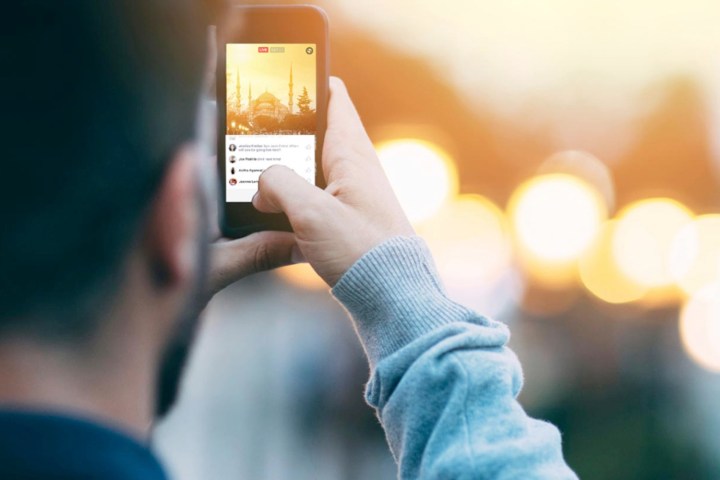
Translating the video’s audio into text is now possible with the Live API. That programming will allow large publishers with broadcast equipment, a third party caption provider or a closed captioning software to use a standard CEA-608 Closed Captioning on live streams. Currently, those apps include Ai-Media and Telestream.
The feature still requires some broadcast equipment or third-party software, so users likely won’t be seeing the on-screen text inside friend’s live broadcasts, but large publishers such as media outlets can now begin using the feature. Any live videos using the API or compatible third party apps can now translate live audio in real time, proving on-screen text for the hearing impaired. Facebook users that have the Closed Captioning feature turned on will automatically see the text if that particular publisher enabled the feature.
While the update makes the feature accessible to large publishers, Facebook has already tested closed captioning on live videos at the F8 conference earlier this year. While live Closed Captions could allow a broader user base to enjoy live videos, translating text in real time isn’t always accurate — as
The change continues to show Facebook’s focus on enhancing live video as the media type continues to grow. Facebook users now watch four times more live video content then they did just a year ago, with 20 percent of videos uploaded to the platform now being aired live. In May, the social media platform added the ability to invite friends to watch a live broadcast, including a private chat that doesn’t show up on the video’s public comments stream.
Editors' Recommendations
- More Twitter users will soon see fact-check notes on tweets
- Twitter is testing closed captioning button for videos
- Android’s Live Caption feature reportedly coming soon to phone calls
- You will soon be able to migrate your Facebook photos and videos to Google Photos
- Pixel 4’s Live Caption feature will come to the Pixel 3 line by year’s end



